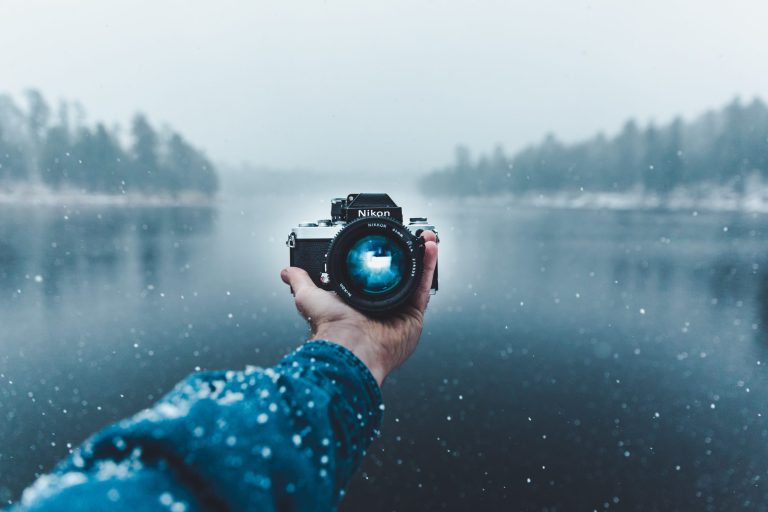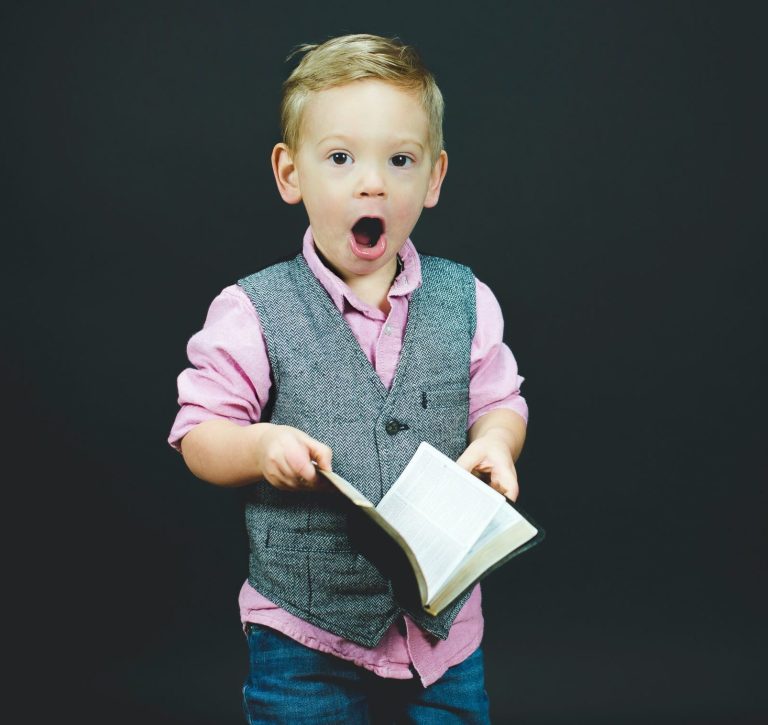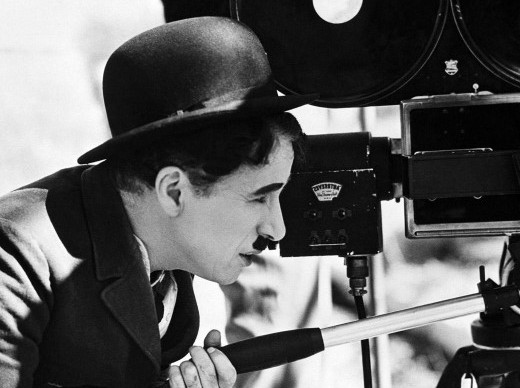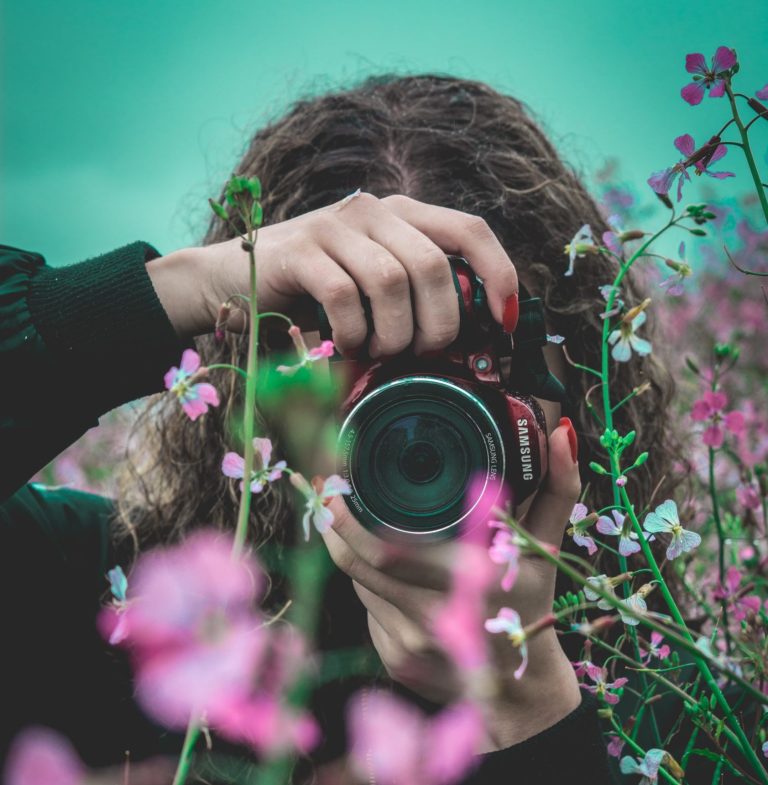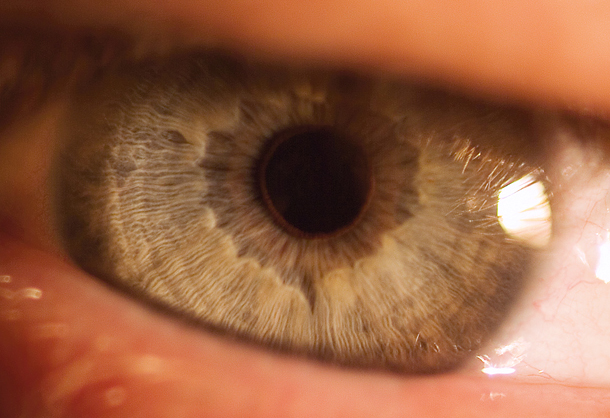How to Construct Scenes Using a Variety of Camera Shots
For this week’s Throwback Thursday, we’re looking at excerpts from past posts on Live Write Thrive that tie in with our exploration on scene structure.
From A Variety of Shots to Paint the Big Picture:
Here’s a great sequence of shots from the opening of Apocalypse Now (1975) showing the camera moving in and out, panning, making the viewer see a series of specific things writer/director Francis Ford Coppola feels it’s important to see (the original screenplay was written by John Milius). Coppola’s aim is to get close and personal to the experience of being in this primal jungle in a hotbed of war, practically immersing the viewer in the swamp of mud.
PRIMEVAL SWAMP – EARLY DAWN
It is very early in the dawn—blue light filters through the jungle and across a foul swamp. A mist clings to the trees. This could be the jungle of a million years ago.
Our VIEW MOVES CLOSER, through the mist, TILTING DOWN to the tepid water. A small bubble rises to the surface; then another. Suddenly, but quietly, a form begins to emerge; a helmet. Water and mud pour off revealing a set of beady eyes just above the mud. Printed on a helmet, in a psychedelic hand, are the words: “Gook Killer.”
The head emerges revealing that the tough-looking soldier beneath has exceptionally long hair and beard; he has no shirt on, only bandoliers of ammunition—his body is painted in an odd camouflage pattern. He looks to the right; he looks to the left; he looks INTO CAMERA, and slowly sinks back into the swamp, disappearing completely.
Our VIEW HOLDS, We begin to HEAR natural, though unrecognizable JUNGLE SOUNDS, far off in the distance.
We PAN TO REVEAL a clump of logs half submerged in the swamp; and part of what seems to be a Falstaff beer can in the mud. A hand reaches out, and the beer can disappears.
As we TILT UP, we NOTICE that the log is hollow and houses the rear of a M-60 machine gun, hand painted in a paisley design.
Now the VIEW MOVES AWAY, ACROSS the ancient growth, PAST the glimmer of what seems to be another soldier hiding in ambush, wearing an exotic hat made from birds and bushes. ACROSS to a dark trail where the legs of those in black pajamas move silently across our ever TIGHTENING VIEW. Their feet, boots and sandals leave no impression; make no sound. A slight flicker of light reveals a pair of eyes in the foliage across the path, waiting and watching.
The VIEW PUSHES ALONG WITH the Vietnamese, MOVING FASTER AND FASTER WITH them, until suddenly, directly in front about ten feet away, an enormous AMERICAN clad in rags and bushes and holding a 12-gauge automatic shotgun casually at his side, steps in front of them. He smiles laconically, and BLASTS OUT FIVE SHOTS that rip THROUGH US. By the second shot, the whole jungle blazes out with AUTOMATIC FIRE.
Pulling It All Together
Hopefully, you’re beginning to understand how screenwriters “put it all together” by stringing together segments of various shots, creating visually dynamic scenes that powerfully lead to a high moment and evoke emotional reaction. And now you are seeing how novelists can do the very same thing—with similar results. By studying successful novelists who use cinematic technique in their writing, you can become adept at this transference of camera shots and supercharge your story.
When you read a particularly moving or riveting scene in a novel, stop and examine which camera shots are being used. Think how you might film this scene, and take a look at the high moment punctuated by a particular camera shot.
If you are reading a novel and struggling to get through a boring, flat scene, ask yourself these questions:
- How could I rewrite this scene using camera shots to make it more intriguing and visually exciting?
- What is the high moment (if any) and how could it be better enhanced by a particular camera shot?
- If there isn’t a high moment, is there something that does happen in the scene that could become the high point (advancing the plot or revealing character), and what does that look like?
- Are there any camera shots being used? How many? Could there be more or better ones? Which ones?
- Is the camera just stuck in one place? If so, what key moment in the dialog or action needs to be emphasized, and which camera shot would be best to use?
No doubt you can see where I’m going with this, for these should be the very questions you are asking about your novel’s scenes. Take the time to study great novels that have cinematic power, but also take a look at novel scenes that have no punch—or point to them. As a reader, you know what rivets your attention, what chokes you up or moves you to tears. You probably have favorite novels and can tell anyone what your favorite scene or moment is in those novels.
All I have to do is start relating what happens at the end of The Art of Racing in the Rain and I start crying. In fact, when my editor from my publishing house got into a discussion with me about this great book and the moving ending, we both started crying—dog lovers that we are. Wouldn’t it be great if your novel was one that others couldn’t stop talking about—or even moved them to tears?
By using cinematic technique, you can turn a good novel into a great one. You too can create emotionally charged scenes. So when you sit down to plot out or write your scenes, rummage through your writers’ toolbox and consciously use these different shots to supercharge your story.
But There’s More!
As you’ve seen, movies are made up of numerous camera shots. But that is not all there is to cinematic technique—far from it. Filmmakers have to take so much more into consideration when planning and shooting their movie. Ever pay close attention to the list of credits at the end of a movie—especially a high-budget epic action/adventure movie? The list of credits runs on and on and on. And you see people’s names listed with strange titles like foley artist, greensman, gaffer, grip, and colorist. Many people are needed to focus on just one aspect of a film, such as sound, music, lighting, or special effects. And I’m sure fiction writers could learn some insightful techniques from every one of them.
For a deep look at how novelists can use cinematic technique, get Shoot Your Novel. No other writing craft book teaches writers how to segment their scenes the way filmmakers do, using camera shots and cinematic devices to create powerful scenes and evoke emotion.
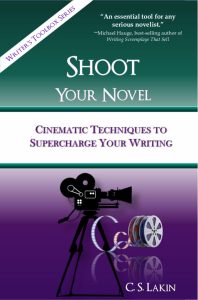 The most effective way to write scenes is to show, not tell, and this highly acclaimed book will give you unique tools to load your writer’s toolbox with.
The most effective way to write scenes is to show, not tell, and this highly acclaimed book will give you unique tools to load your writer’s toolbox with.
With Shoot Your Novel, Susanne Lakin does something wonderful and unique. While lots of us in the business of helping writers and storytellers recommend adding vivid images to scenes, Lakin goes much further to reveal how employing the tools and techniques of movie directing, editing and cinematography will give your fiction deeper meaning and greater emotional impact. Her book is an essential tool for any serious novelist.
—Michael Hauge, Hollywood screenwriting coach, author of Writing Screenplays That Sell
Get your print or ebook copy here!
If you’re interested in more about scene structure, be sure to subscribe to Live Write Thrive so you don’t miss the posts. Mondays we’re going deep into scene structure, and Wednesdays we’re looking at first pages of great novels to see why they work. Join us!


